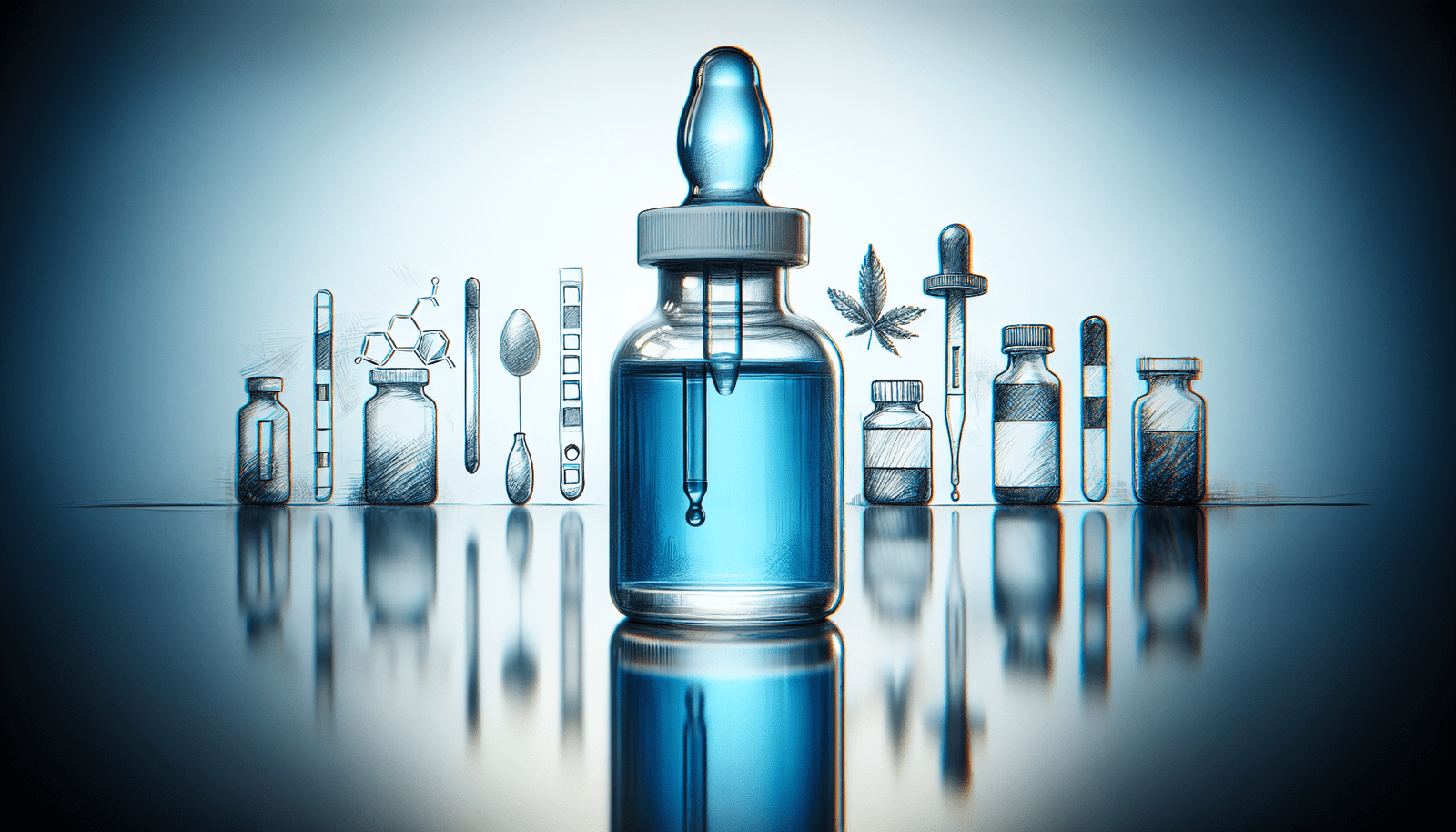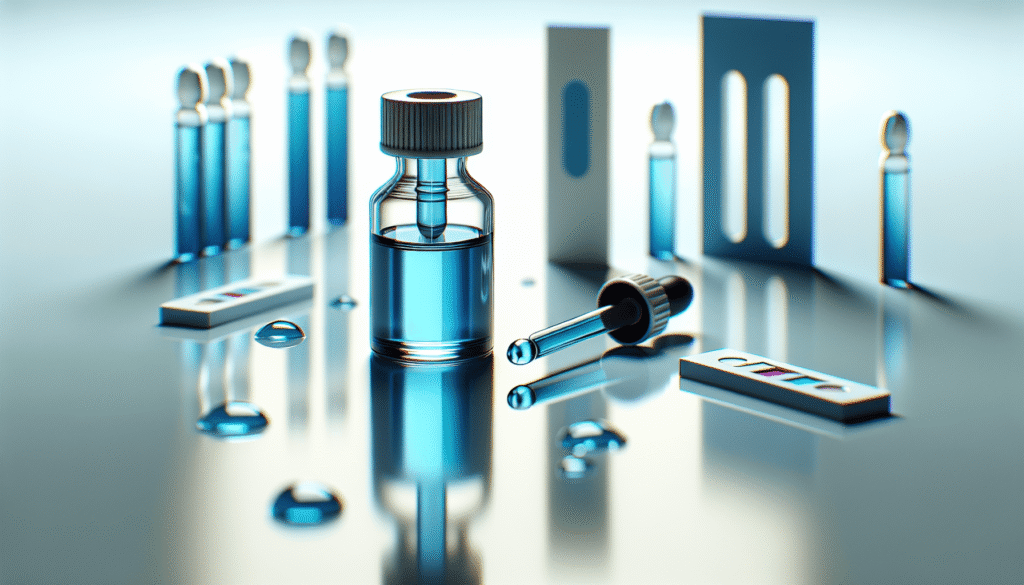
What if a seemingly harmless substance could have unforeseen consequences on your drug test results? Understanding the implications of using Methylene Blue is crucial, especially if you are subject to employment screenings or other drug testing scenarios.

Understanding Methylene Blue
Methylene Blue is a synthetic dye that has been used for various medical purposes since the 19th century. Originally utilized as a treatment for malaria, it has found applications in areas such as psychiatry, as an antiseptic, and even in certain diagnostic procedures. It possesses antioxidant properties and is sometimes employed in medical settings for conditions like methemoglobinemia.
You might be wondering why this compound has garnered attention in recent years, particularly among those who are curious about any potential effects it may have on drug testing.
The Pharmacological Profile of Methylene Blue
Methylene Blue operates within the body through various mechanisms. Upon administration, it undergoes reduction and oxidation cycles, which can affect metabolic processes. It predominantly works as a redox agent, capable of serving as both an electron donor and acceptor.
It’s essential to recognize that while Methylene Blue holds significant therapeutic value, its mode of action also draws questions regarding its detectability in drug testing protocols.
Drug Testing Overview
Understanding how drug tests function will clarify the potential interactions with substances like Methylene Blue. Drug tests typically analyze biological fluids, including urine, saliva, blood, or hair.
Types of Drug Tests
There are several types of drug tests, and each has its methodologies:
- Urine Testing: The most common form, which detects metabolites of drugs.
- Saliva Testing: Often used for instant screenings; it provides a shorter window of detection.
- Blood Testing: Less common, taking longer to process and being more invasive.
- Hair Testing: Can detect drug use over a more extended period but is often more costly.
Substances Commonly Tested
Common substances tested in standard panels can include, but are not limited to:
- Marijuana
- Cocaine
- Amphetamines
- Opiates
- Phencyclidine (PCP)
Since Methylene Blue is not part of these drug classes, it’s important to understand whether its presence could lead to a positive result owing to other factors.
Interaction of Methylene Blue with Drug Tests
An important aspect of your concern revolves around the possibility that Methylene Blue might affect drug test results. While Methylene Blue itself is not specifically tested for, its chemical properties can potentially interfere with the testing mechanisms.
How Methylene Blue Affects Urine Tests
In urine tests, Methylene Blue can lead to false positives. This substance is known to interfere with certain immunoassays, which are the primary methods used to screen for drugs. Such interactions could produce unprecedented results, prompting a reevaluation of your drug testing status.
Chemical Reactions
Methylene Blue can react with substances in the testing assay, which might lead to incorrect interpretations of results. The chemical structure of Methylene Blue may mimic that of other compounds, leading to cross-reactivity.
Thresholds and Sensitivities
Testing thresholds play a crucial role in determining whether a substance will generate a detectable result. Many standard drug tests have preset thresholds that might not account for Methylene Blue’s presence. This discrepancy can lead to ambiguity if you’re undergoing such a test.
Case Studies and Research
Research is essential in understanding how Methylene Blue interacts with typical drug testing protocols.
Empirical Evidence
Several studies have indicated that Methylene Blue can produce false positives for substances like amphetamines. In these cases, subjects taking Methylene Blue were flagged for further scrutiny, thus complicating their test outcomes.
| Study | Findings |
|---|---|
| Study 1 | Methylene Blue interfered with urine drug screens, producing false positives for amphetamines. |
| Study 2 | Participants undergoing Methylene Blue treatment tested positive for substances they did not consume. |
Individual Factors
Your unique body chemistry can also play a significant role in how Methylene Blue behaves. Metabolic pathways differ from person to person, which may influence the likelihood of a positive drug test outcome.

Situational Considerations
As you contemplate using Methylene Blue, there are varying situations that could be relevant, whether medical or performance-related.
Medical Use
If you are prescribed Methylene Blue for a specific medical condition, it is vital to disclose this information to your testing administrator. Transparency can prevent misunderstanding and mitigate any adverse implications.
Athletic Performance
Athletes may be tempted to use Methylene Blue to enhance performance due to its purported benefits, including increased stamina or reduced fatigue. However, the ramifications on drug tests must be thoroughly evaluated.
Recommendations and Best Practices
It’s wise to adopt a cautious approach when considering the use of Methylene Blue, especially if drug testing is involved.
Consultation with Healthcare Professionals
Prior to using Methylene Blue, consult with a healthcare professional. They can provide you with insight on medical considerations and potential implications for drug tests.
Documentation
If you must use Methylene Blue, keep thorough documentation and communicate with your employer or testing organization about any medications you are taking. This can serve as protection against unwarranted repercussions from false positives.
Alternative Treatments
Consider discussing alternative treatments with your healthcare provider that may not have the same impact on drug testing. There may be equally effective substitutes that do not suffer from similar concerns regarding drug tests.
Conclusion
In summary, Methylene Blue, while a useful compound for various medical applications, poses potential risks for those subject to drug testing. Its ability to interfere with standard screening assays and possibly yield false positives means that anyone considering its use should proceed with caution.
You should equip yourself with the knowledge of how this substance interacts with drug testing protocols. Staying informed and communicating openly with healthcare professionals is essential to navigate this complex issue effectively.
By maintaining vigilance and transparent dialogue, you can safeguard your professional and personal well-being while managing your health needs responsibly.